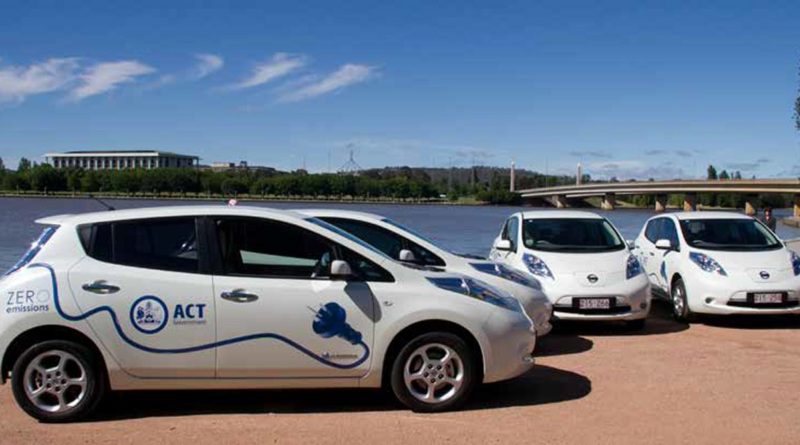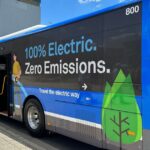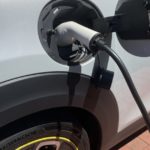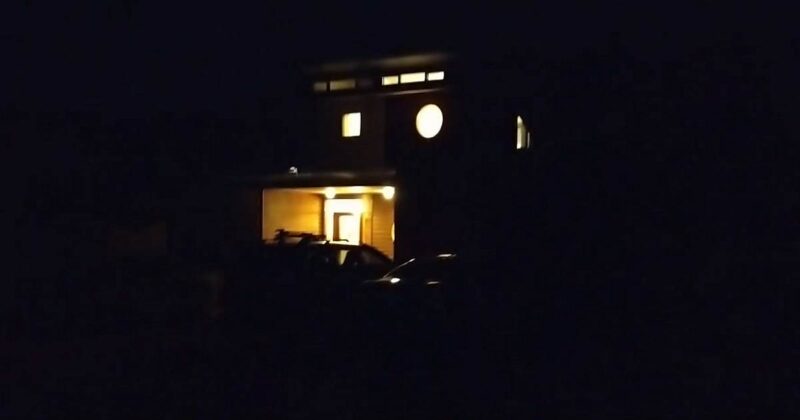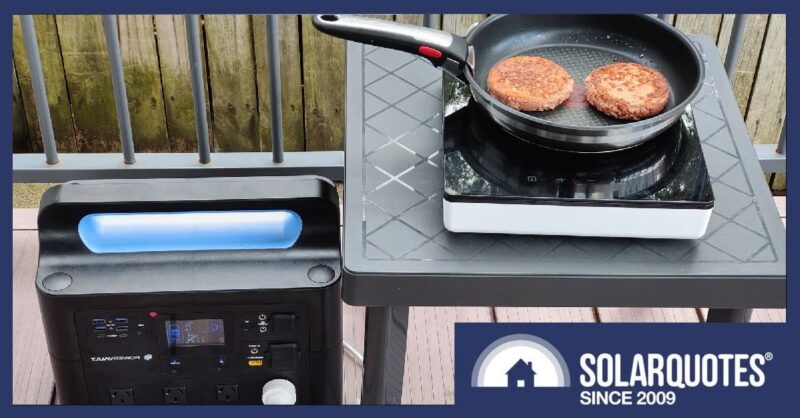ACT Driving EV Transition With New Strategy
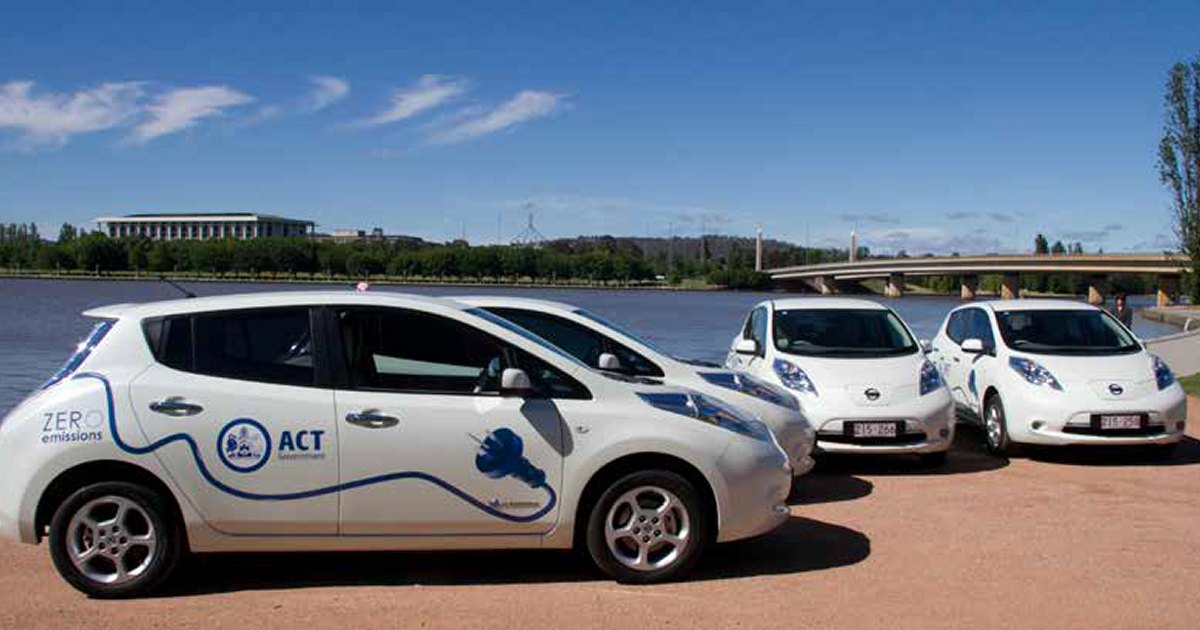

The road ahead for electric vehicle uptake in Canberra looks like an interesting journey under the ACT Government’s new Zero Emissions Vehicles Strategy.
Transport currently accounts for more than 64% of emissions in the Territory, with 70% of these emissions attributable to private vehicle use. Light vehicles make up 95% of the ACT fleet.
Currently, around 2,000 electric cars are registered in the ACT – a big jump from the 446 registered in 2020; but still a small fraction of the 320,805 registered light vehicles in the Territory.
To reach its goal of net zero emissions by 2045, the ACT Government wants more zero emissions vehicles (ZEVs) on Canberra’s roads, faster. Yesterday it released a strategy for achieving 80-90% of new light vehicles sales in the Territory being ZEVs by the end of this decade.
Among the actions in the Strategy:
- Continuation of stamp duty waivers, 2 years free vehicle registration and no-interest loans of up to $15,000 on new ZEVs through the Sustainable Household Scheme (SHS).
- Stamp duty waivers extended for used electric and hydrogen vehicles1 purchased from the start of next month.
- EV charging infrastructure grants of $2,000 for apartment buildings.
- Expansion of the public charging network to at least 180 EV chargers by 2025; 70 to be delivered in 2022/23.
- Regulations in place by 2023 requiring new multi-unit residential and commercial buildings to be “EV-ready”.
- Streamlining EV charger application processes for public land.
- 100% of all newly leased Government vehicles to be ZEVs where possible (already implemented and will continue).
- Investigate opportunities to replace ACT Government heavy fleet vehicles with ZEVs.
- Phase-out of sales of light internal combustion engine (ICE) vehicles to commence by 2035.
- New ICE vehicles will be excluded from taxi and ride-share fleets by 2030.
- Registration reform: instead of weight based charges, both emissions and distance-based charging will be considered.
A formal ICE phase-out is a biggie and the ACT Government says it would be preferable for such a policy to adopted nationally. It will advocate for this with Federal, state and territory governments; noting its timing is consistent with a range of target phase-out dates set in the EU, Canada, the UK and some US states. Regardless of a formal phase-out, the ACT Government expects ZEV sales for new standard light vehicles will be close to 100% in the Territory by 2035.
Commenting on the Strategy, ACT Chief Minister and Minister for Climate Action Andrew Barr said:
“It’s important now for Australian jurisdictions to start preparing for a future private vehicle market that is predominantly ZEV. ZEVs are cheaper to run, more sustainable and easier to service. They are the vehicle of the future and we want to make sure that more Canberrans can access the benefits of ZEV ownership.”
The ACT’s Zero Emissions Vehicles Strategy 2022 – 30 can be viewed in full here.
Footnotes
- Trivia: there were only 22 hydrogen fuelled vehicles registered in the ACT at the end of June this year according to the Australian Electric Vehicle Association. At least 20 of those appear to be part of the ACT Government fleet. ↩
Original Source: https://www.solarquotes.com.au/blog/act-zev-strategy-mb2562/

